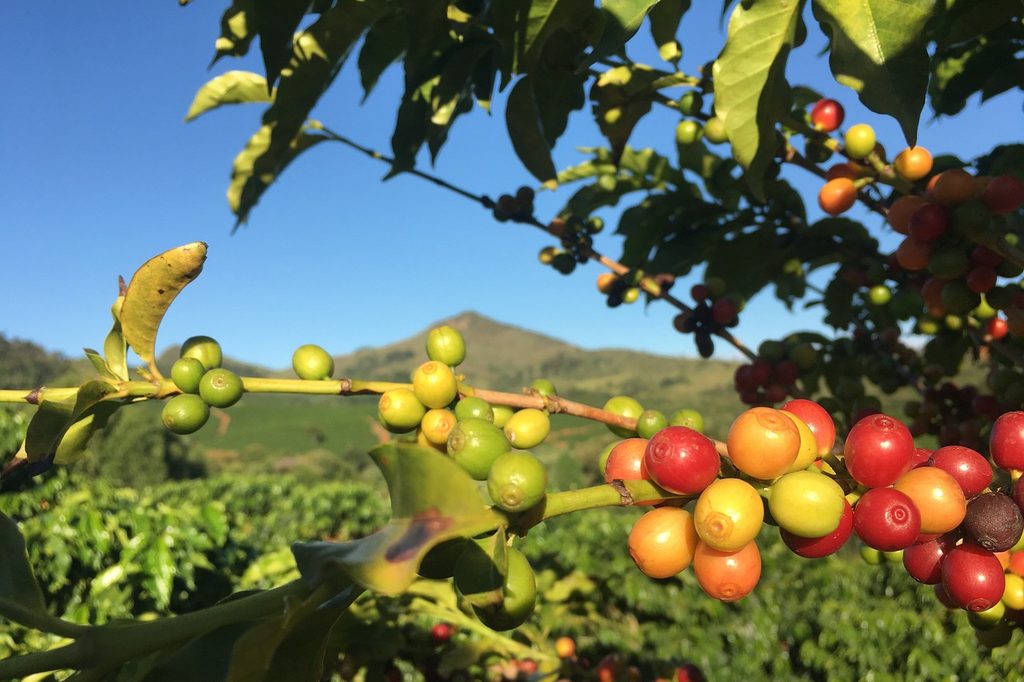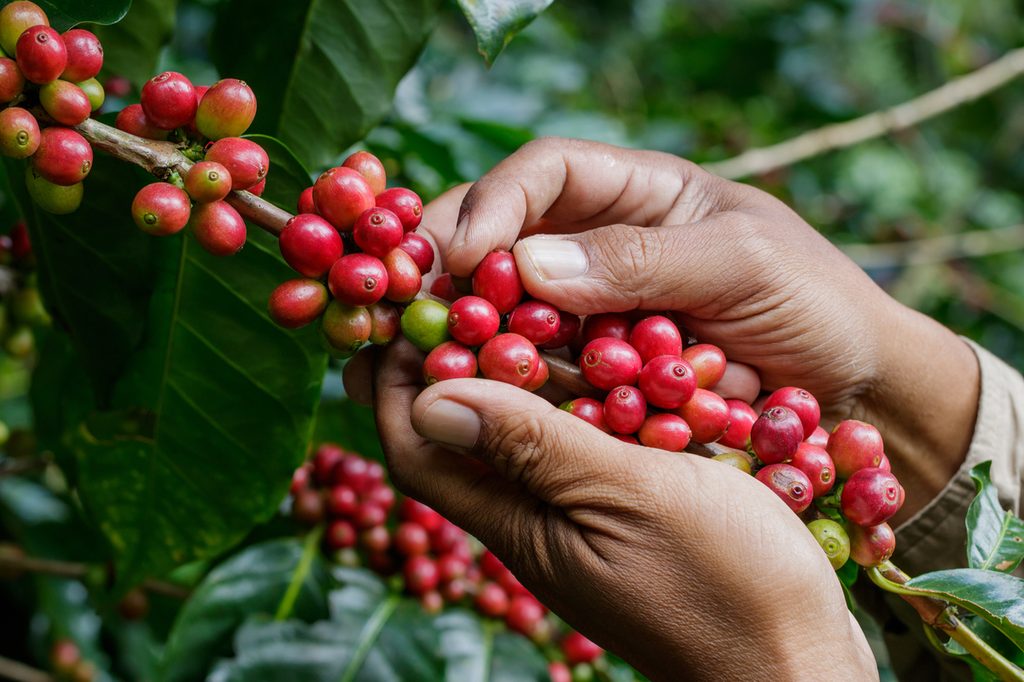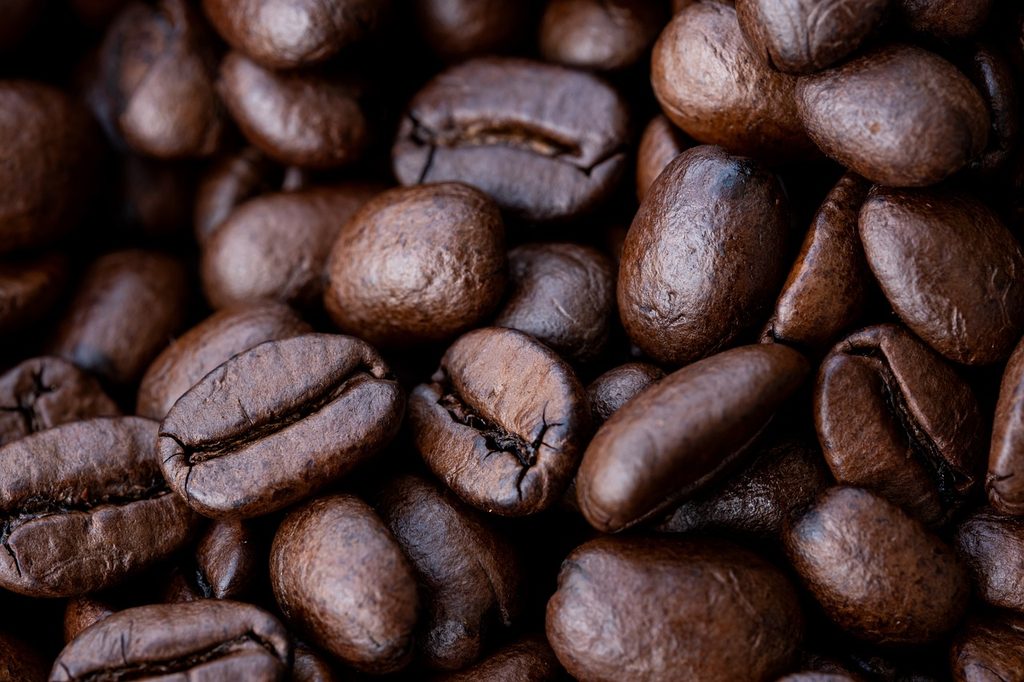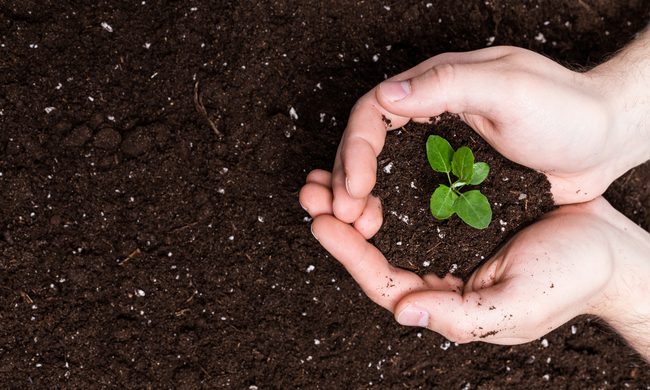Coffee is a delicious drink, and the grounds can be useful for gardening, but did you know you can grow your own coffee beans? It’s easier than you might think, and it can be both fun and rewarding! If you’re looking for a way to supplement your store-bought coffee, curious about blending your own custom coffee mixes, or just think it would be cool, this guide will explain everything you need to know about growing coffee plants. We’ll answer all your questions from how to plant them to when you can expect your first harvest.
Planting coffee plants

Throughout most of the U.S., coffee plants need to grow indoors or in a greenhouse. They are hardy in USDA zones 10 and 11, but the winters north of that get too cold for them. You may be able to keep them outdoors in zone 9 with increased protection, but most gardeners prefer to keep them in containers and move them indoors or into a greenhouse. With their love of warm, humid conditions, coffee plants are a perfect candidate for greenhouse growing.
Coffee plants are tropical shade plants. They prefer indirect sunlight or shade, and too much direct sunlight can burn their leaves. You’ll also want to plant your coffee plants in rich, fertile soil. It takes a lot of nutrients to produce a full crop of coffee beans, so starting with a fertile base is essential. Avoid soil that’s heavy in clay or otherwise poorly draining, as standing water can cause fungal infections.
Coffee plant care

Temperature and water are the most important parts of caring for your coffee plant. Keep your coffee plant warm. The ideal temperature can vary somewhat between coffee plant species, but in general, aim for mid-60s to low 70s. Water your coffee plant every week or every other week.
Let the soil dry slightly between waterings, and be sure the container and soil are draining properly. Keep the air around your coffee plant humid, otherwise it will begin to dry out. Regular misting is helpful in this regard. Additionally, pruning in spring can control the plant’s height and encourage thicker, bushier growth.
Fertilize your coffee plant regularly during spring and summer to help it produce plenty of flowers and beans. Fall and winter, when the plant is dormant, are rest months, so avoid fertilizing at this time. Some gardeners prefer to use a basic balanced houseplant fertilizer, while others prefer to tailor the type of fertilizer to the growth stage of the plant. Either approach will help your plant grow, but both have their own benefits and trade-offs.
Using a standard balanced fertilizer is typically easier for beginners and takes less time and energy to manage, but it isn’t as effective. Switching fertilizer types based on the growth stage is more effective at providing the plant exactly what it needs and encouraging a larger yield, but it can be more difficult to manage.
How and when to harvest from a coffee plant

You can expect your first harvest of coffee beans once your plant is 3 to 5 years old. The coffee plant will first bloom, then form berries, which are called coffee cherries. These cherries turn bright red in fall and winter, and that’s how you know it’s time to harvest them! You can pick the berries by hand, just like you would harvest blueberries.
The coffee cherries are edible, although they don’t taste like coffee. Whether you want to eat the fruit or simply compost it, save the beans from inside. The beans are dried, then roasted, before they are stored or used. If you don’t want to peel all your coffee beans, you can actually dry the entire fruit and then separate the beans from the berries. Coffee beans can be sun dried or dried in an oven, and roasting can be done in a number of ways. Air fries, popcorn poppers, skillets, and ovens can all be used to roast coffee beans at home.
How much coffee does one coffee plant produce?

A single coffee plant can produce roughly 2,000 berries, which sounds like a lot. However, after drying and processing, those 2,000 berries make roughly 1 to 2 pounds of coffee beans. That’s not a lot of coffee if you enjoy drinking coffee regularly, but growing your own coffee can still be beneficial. You can grow multiple coffee plants and use their beans to supplement your supply of store-bought coffee beans, and growing it yourself means you know exactly how it was grown and what is in it. You can experiment with different roasts and blends, and jars of homegrown coffee beans make a fantastic and impressive gift.
Coffee has been a culturally significant beverage since it was first cultivated centuries ago. Farmers and gardeners have been growing coffee plants for a long time, and it’s no wonder that more and more people are becoming curious about growing their own. While a single coffee plant can’t replace your need to go grocery shopping, it can still be a fun and rewarding experience. So, if you enjoy growing your own fruits and vegetables, you might want to consider adding a coffee plant to your garden.



